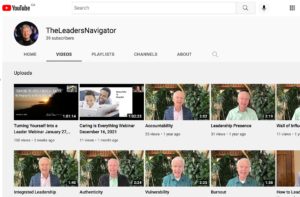How much is enough?
Not long ago I gave a presentation to a group of entrepreneurs where the membership requirement was to be earning more than a million dollars a year.
I started with a simple question: “How much is enough?”
No one could answer the question. The best I got was, “More than we have now.”
So many have so much that they have forgotten what enough actually feels like.
We live in a culture that defines our worth by more: more money, more stuff, more followers, more likes, more titles, more fame, more visibility, more recognition, more status. The list goes on and on.
What we end up with is more exhaustion, more mental health challenges, more suicides, more overdoses, and a planet of dwindling resources.
Our model of more is simply not sustainable. We need a new approach to navigate this world with a reliable inner compass.
Lily Tomlin had it right when she said, “The trouble with being in the rat race is that even if you win, you’re still a rat… I will not join the rat race because I’m not a rat… The only race I’ll take part in is for humans being humane.”
If you feel compelled to step back and get a new perspective, to live and lead from an authentic, centered place with a community that will support you to be who you are, I hope you will join me in my upcoming Authentic Leadership Academy. https://lnkd.in/gMi2euzp
To get a preview of what you can expect from the Academy, sign up for my complimentary Authentic Leadership Mini-Series that starts in early March. https://lnkd.in/g4M9qpWh


